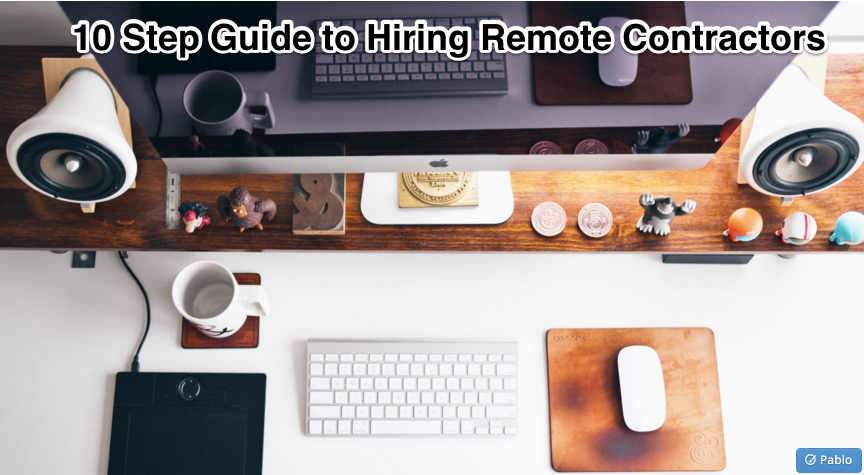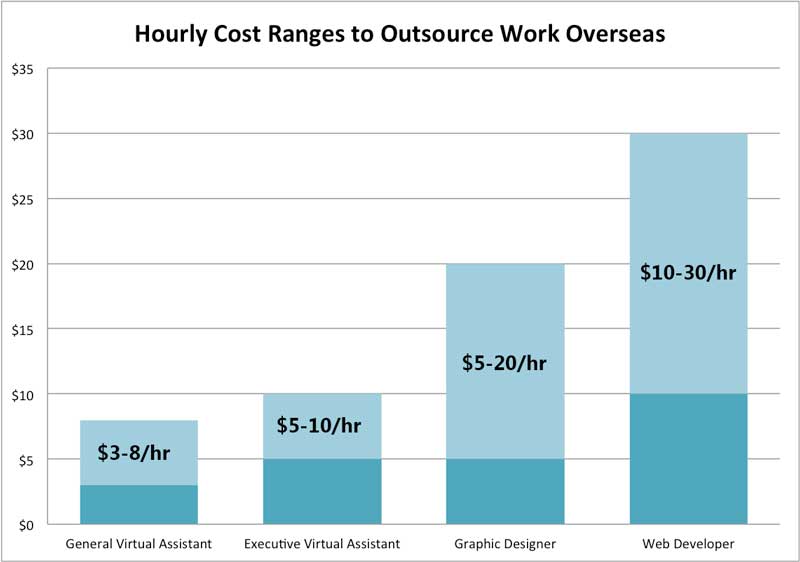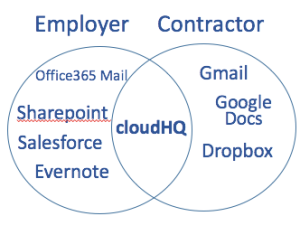When you bootstrap your business, every dollar counts—which is exactly why hiring help from overseas has become so popular the last few years.
2 Types of Outsourced Work
Outsourcing makes the most sense in two situations:
- Mundane tasks to free up your time for more important things.
- Skilled tasks when you need help doing something, because you lack the skills yourself.
In this article, we’re going to focus on the first situation: outsourcing to free up your time.
Here is the seven step guide to help you outsource effectively:
1. Make Sure the Contractor Has the Basics
When you outsource, you’ll be looking for employees or contractors with certain skills.
Everyone you consider will need a few basics. These are things such as the ability to read or write in English (or your preferred language), the ability to follow instructions, and having a reliable computer and Internet connection. Usually, you can rely on how well they’re rated by other customers.
2. Get the Right Skills
If you are looking to outsource basic tasks, you can hire a general virtual assistant with basic skills for a few dollars an hour.
If you’d like to outsource more complex work, look for someone to be your executive virtual assistant. In addition to basic tasks, an executive VA can respond to emails, type up correspondence, and even make outbound phone calls to prospects or business partners.
3. Check Their Work, Especially in the Beginning
The whole point of outsourcing is to free up your time—not create extra supervisory duties for you.
At the beginning, however, you’ll need to take time to make sure the work is being done correctly. Just be prepared to spend some time on this. At first, it might take more time than you were spending doing the task on your own—which can be frustrating.
But as you work with the contractor over time, they’ll get better, and you can spend less time checking their work.
4. How to Choose the Right Person
Our best advice is to do a few small trial projects with a new employee or contractor to see how things go.
That way you can see how they work, without getting stuck with someone who isn’t quite right for you.
5. Know Where To Find Help
There are dozens of places to find help.
UpWork is one of the more popular ones. You can find people there to take care of almost any task, for a variety of prices.
Other options include Freelancer.com or even Craigslist. There are also services that can match you with an overseas employee if you need additional help.
6. Require Regular Check-Ins
Some companies expect their outsourced help to send them a daily message about what they did, how it went, and any problems they had.
Whether you require daily check-ins or something a little less regular, your contractors should be keeping you informed of what they’re doing on your behalf.
7. Document a Step-by-Step System
Our biggest insight from our experience with outsourcing is this: Before you hire someone to do anything for you, take the time to document exactly how you want the task to be done.
You should create detailed, step-by-step instructions that leave nothing to question. You can even use something like Screenflow to make a video showing exactly what you want the contractor to do.
This is especially important when you’re hiring someone inexpensive to do basic tasks for you.
If you don’t create precise instructions, you’re going to spend a lot of time fixing mistakes—probably more time than you would have spent simply doing the task on your own.
8. What You Can Expect to Pay
Here are the some cost ranges you can expect for different kinds of outsourced help:
- General Virtual Assistant: $3-8/hr
- Executive Virtual Assistant: $5-10/hr
- Graphic Designer: $5-$20/hr
- Web Developer: $10-$30/hr
9. What Not to Outsource
Working with contractors is great. It can save you both time and money and allow you to scale your business in ways you can’t do on your own.
But the bad news is that contractors come and go.
If you want to build a business for the long term, outsource skills that take time, but not much actual skill.
Whatever your “core competency” is—however—keep those tasks in-house.
10. Managing Data With Outsourced Contractors
Finally, the use of different communication apps is a commonly frustrating situation when outsourcing work.
You might have your company email and cloud storage in Microsoft Office 365, but your new virtual assistant might use a personal Gmail account for work messages and a personal Dropbox account for sharing files.
We created cloudHQ as a way to solve exactly those kinds of problems.
With just a bit of setup work, you and your new contractor will be able to easily share information and documents back and forth, without you having to add any new licenses to make it happen.


